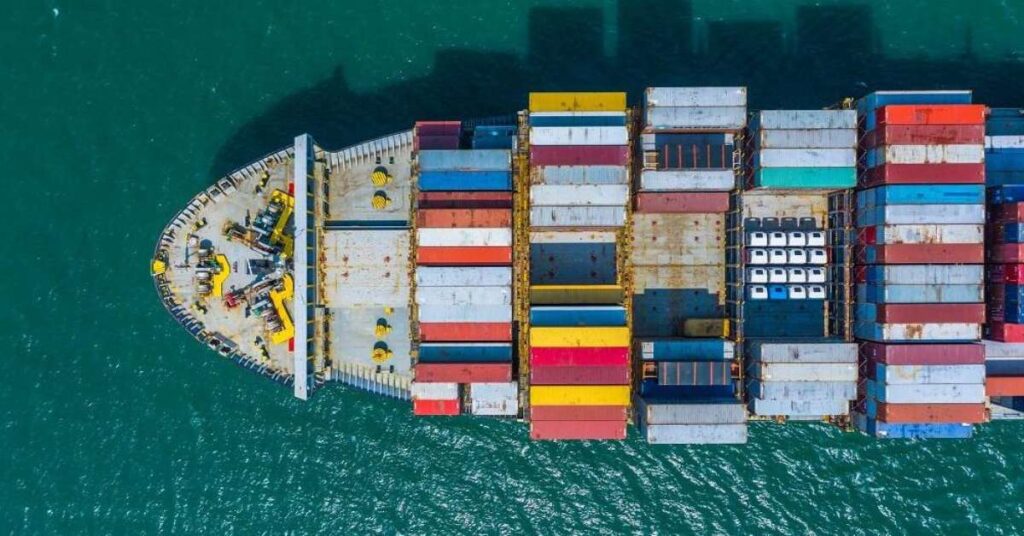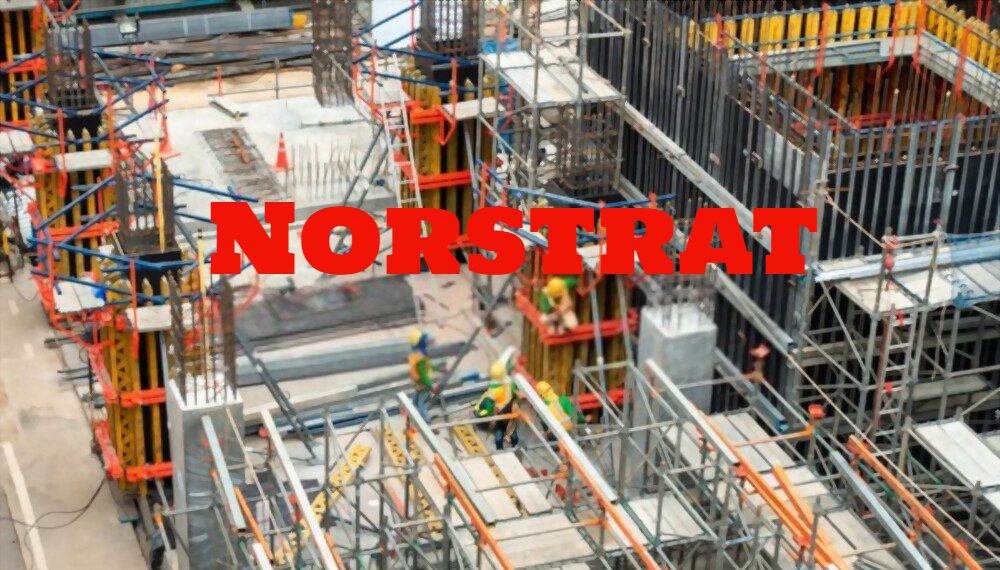Last updated on March 29th, 2024 at 08:48 pm
1.Introduction
In an era marked by globalization and interconnected economies, the security of shipments has become paramount. The intricate web of global supply chains transformation solutionnecessitates a robust framework for safeguarding goods in transit. As the world faces evolving threats, ensuring the integrity of cargo during its journey from point A to point B has become a critical challenge for logistics professionals. How can we fortify container security to match the dynamic landscape of global trade? This article explores how to improve supply chain.
2.Traditional Container Security Measures
Historical methods of securing shipments
Historically, securing shipments involved rudimentary methods such as seals, locks, and physical inspections. Seals were used to deter tampering, while locks added an extra layer of protection. Physical assessments were labor-intensive but deemed necessary to identify irregularities. However, these traditional methods proved insufficient as the global supply chain expanded and was needed.
The limitations ofsupply chain transformation roadmap traditional approaches were particularly evident in the face of new and sophisticated threats. Criminal enterprises evolved alongside technology, rendering conventional security measures obsolete. The need for a paradigm shift in container security became evident, prompting exploring innovative solutions to counter emerging challenges.
Limitations and challenges associated with traditional approaches
Traditional container security measures faced numerous challenges, including lack of real-time monitoring, susceptibility to tampering, and inefficiencies in the inspection process. Seals and locks could be breached without detection, leaving shipments vulnerable to theft, smuggling, or sabotage. Furthermore, the reliance on manual inspections delayed the identification of security breaches, allowing criminals to exploit vulnerabilities.
These limitations underscored the urgency for a transformation in container security, prompting the integration of advanced technologies to address the shortcomings of traditional methods.
3.Innovations in Container Security
Integration of advanced tracking technologies (GPS, RFID, etc.)
The logistics industry has embraced advancedfreight solutions trackingtechnologies as a fundamental component of container security to meet the demands of an increasingly interconnected world. Global Positioning System (GPS) and Radio-Frequency Identification (RFID) technologies have emerged as game-changers, providing real-time visibility into the location and status of shipments.
GPS enables precise tracking of containers throughout their journey, allowing logistics providers to monitor the movement of goods in real-time. This enhances the security of shipments and enables proactive responses to any deviations from the planned route. RFID technology complements GPS by offering detailed information about the contents of containers, helping to ensure that the suitable cargo tracking softwarereaches its destination intact.
The integration of these advanced tracking technologies represents a significant leap forward in securing shipments, offering a level of visibility that was previously unimaginable.
Smart container solutions and IoT advancements
The advent of the Internet of Things (IoT) has given rise to smart container solutions, transforming ordinary containers into intelligent, connected devices. These smart containers are equipped with sensors and communication modules that enable them to collect and transmit data in real-time. This continuous stream of information provides logistics professionals with insights into various aspects of the shipment, including temperature, humidity, and even potential tampering.
Smart container solutions enhance security and contribute to the efficiency of the entire supply chain. By enabling real-time communication between containers and central systems, IoTadvancements facilitate quick decision-making and reduce the risk of delays. This value chain transformationin container security reflects a broader trend in the logistics industry towards harnessing technology to optimize supply chain processes.
4.Role of Technology in Enhancing Security
Real-time monitoring for improved visibility
The key to securing shipments lies in real-time monitoring, which provides logistics providers unparalleled visibility into the entire supply chain. Real-time tracking allows for proactive intervention in case of deviations, reducing the likelihood of security breaches. With advanced tracking technologies, logistics professionals can monitor each container’s exact location, route, and conditions, ensuring that cargo arrives at its destination securely and on time.
Moreover, real-time monitoring facilitates the implementation of dynamic risk assessments. By continuously analyzing data from various sensors and tracking devices, logistics providers can identify patterns and potential threats, allowing for the development of proactive security measures. This shift towards real-time monitoring represents a critical step in the evolution of container security, aligning with the broader goal of improving supply chain efficiency.
Sensor technologies for detecting tampering or unauthorized access
Sensor technologies are pivotal in fortifying container security by detecting tampering or unauthorized access. Smart containers equipped with sensors can see temperature, humidity, and physical integrity changes, providing instant alerts in the event of suspicious activity. This proactive approach enables swift responses to security threats, minimizing the potential impact on the shipment.
For example, if a sensor detects a sudden increase in temperature within a refrigerated container, it may indicate a malfunction or tampering that could compromise the quality of perishable goods. Similarly, sensors designed to monitor physical integrity can alert logistics providers to potential breaches, ensuring that unauthorized access is swiftly addressed.
Integrating sensor technologies into container security exemplifies the industry’s commitment to leveraging cutting-edge solutions for safeguarding shipments and ensuring the integrity of the global supply chain solutions.
5.Collaboration and Industry Standards
Importance of collaboration among stakeholders
Securing shipments in the modern era requires a collaborative approach involving all stakeholders in the supply chain. Collaboration among logistics providers, shipping companies, government agencies, and technology vendors is essential to creating a unified and effective container security ecosystem.
By sharing information and insights, stakeholders can collectively address security challenges and implement standardized protocols. Collaboration also enables the development of comprehensive risk mitigation strategies, ensuring the entire supply chain is resilient to emerging threats. This cooperative approach fosters a sense of shared responsibility, emphasizing that the security of shipments is a collective effort that transcends individual interests.
Adherence to global security standards and regulations
As the logistics industry transforms container security, adherence to global security standards and regulations becomes increasingly crucial. Establishing and following standardized security protocols ensures consistency and effectiveness in securing shipments across international borders.
Government agencies and international organizations are pivotal in defining and enforcing these standards. Compliance with regulations enhances security and facilitates smoother cross-border trade by reducing the risk of delays and disputes. A harmonized approach to security standards contributes to the overall resilience of the global supply chain, fostering a more secure and predictable environment for businesses and consumers alike.
Conclusion
In conclusion, the container security landscape is undergoing a profound supply chain transformation process driven by technological innovations and collaborative efforts within the logistics industry. The integration of advanced tracking technologies, innovative container solutions, and sensor technologies has elevated the security of shipments to unprecedented levels. Real-time monitoring and proactive risk management are becoming standard practices, ensuring that the global supply chain is secure and efficient.
As the industry evolves, collaboration among stakeholders and adherence to global security standards will be paramount. The collective commitment to securing shipments reflects a broader trend in what is supply chain transformation, where technology and collaboration converge to create a more resilient and responsive logistics ecosystem. By embracing these innovations and working together, the logistics industry is poised to overcome the challenges of the modern era and pave the way for a more secure and efficient global supply chain.







